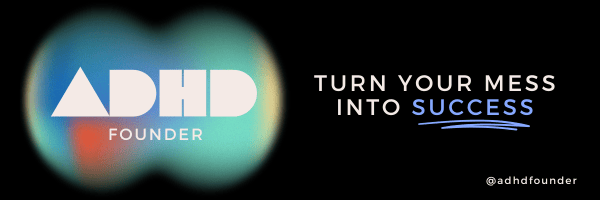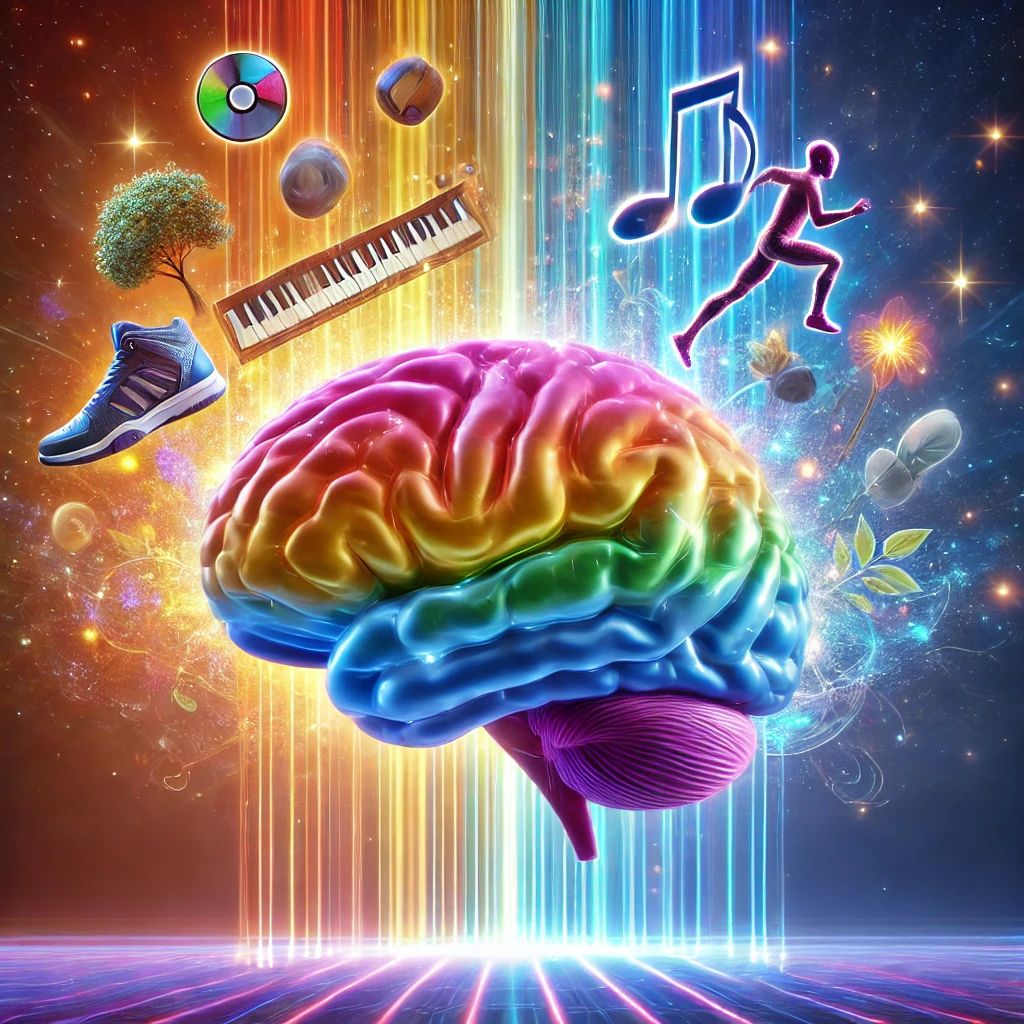- ADHDfounder
- Posts
- Why ADHD makes or breaks careers
Why ADHD makes or breaks careers
Untreated ADHD costs $140 billion a year

Welcome back to ADHDfounder! This week, I’ve been thinking a lot about the spaces where we thrive—and the ones where we don’t.
Story time! When I moved to New Zealand at six from China, I knew two things: I didn’t belong, and I didn’t speak the language. ESL was supposed to bridge that gap. While other kids got out in a year or two, for me it turned into eight years of waiting on a bridge that never led anywhere.

Later in life things finally started to make sense.
Then, I discovered table tennis. The fast pace, the constant movement, the one-on-one competition—it was like my (undiagnosed) ADHD finally had something to chew on. Suddenly, the same energy that made me “too much” in class made me unstoppable at the table.
Each match was a new challenge. Playing table tennis taught me how to reframe failure. Every missed shot showed me something I could tweak. For the first time, I felt like I was playing a game that made sense for me—a game I could actually win.
Why this matters: You don’t need to “fix” yourself. You need to find the game that fits you. Maybe it’s a hobby, a side project, or even just the way you organize your day.
The key is creating spaces where your strengths shine and learning to see challenges as part of the game.


Dopamine Stacking

The beautiful chaos of an ADHD brain
If my to-do list had a dopamine score, most tasks would get a solid 2/10.
But here’s a trick that actually works: stack your dopamine. The fix:
Hate washing dishes? Put on your favorite playlist and see how fast you can get it done.
Dreading a big meeting? Bring your favorite snack to make it more enjoyable.
Why it works: ADHD brains thrive on rewards. By pairing something you enjoy with something you dread, you trick your brain into staying engaged.
What’s your next stack?



Took a screenshot of my brain yesterday…
Let’s talk about ADHD at work—a place where challenges can stack up fast.
The numbers are wild: employees with ADHD lose an average of 22 days of productivity a year. Untreated ADHD? It costs the U.S. economy over $140 billion annually.
But what do those numbers actually feel like? For many ADHDers, it looks like:
Missed deadlines because time doesn’t always feel real.
Impulsive decisions that make sense in the moment but cause chaos later.
Struggles with planning that leave you spinning your wheels instead of moving forward.
Add stigma, stress, and the constant fear of failing your team, and it’s no wonder so many ADHDers burn out or quit.
But here’s the thing: when workplaces lean into ADHD strengths—like creativity, adaptability, and quick problem-solving—everything changes. ADHDers can thrive with the right accommodations, tools, and understanding from their team.

That’s a wrap! ADHD isn’t about fixing your brain—it’s about learning how to work with it.
What’s one system, hack, or insight that’s helped you thrive recently? Hit reply—I’d love to hear your story and keep the conversation going!
—Eugene (ADHDfounder) ✨
